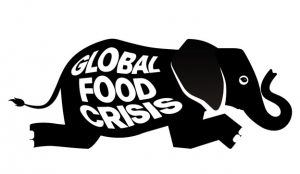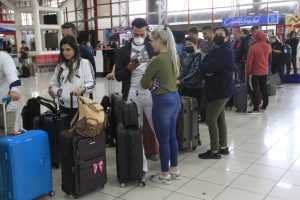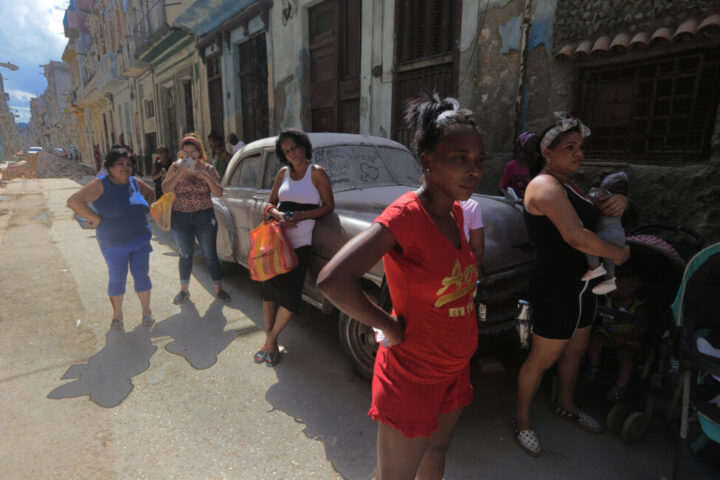RANCHO CUCAMONGA, Calif., Aug. 25, 2023 (GLOBE NEWSWIRE) — Red Sky Lighting, a California–based lighting manufacturer, has announced the launch of two new industrial LED lighting products with ATEX and IECEx certification. The products are designed to meet the needs of hazardous environments and offer increased energy savings and lower maintenance costs. This launch marks a significant milestone for the company as it expands beyond North America and enters the Middle East and European markets. By offering its innovative and reliable lighting solutions to customers in these regions, Red Sky Lighting is further establishing itself as a leading provider of Seriously Safe Lights for industrial applications worldwide.
BLOCK X1 SERIES
The Block X1 series (BLK X1) is designed to accommodate installations where moisture, dirt, dust, corrosion, and vibration may be present. Suitable for use in locations made hazardous by the presence of flammable vapors or gases or combustible dusts as defined by ATEX, the product is ideal for retrofitting existing HPS/MH lighting. It offers higher efficacy for increased energy savings, lower maintenance costs, and shorter paybacks. The BLK X1 is rated for use in Zone 1 and 2 areas and certified to meet ATEX standards. Learn more about the product here.
LINEAR LOW PROFILE SERIES
The Linear Low Profile series (LLP) is designed for use in hazardous areas with the presence of flammable gases or combustible dust. Certified to meet both ATEX and IECEx standards, the product provides an incredible 150,000 maintenance–free hours at 55 C. It is rated for use in Zone 1 and is suitable for use in a range of hazardous environments. Learn more about the product here.
"Red Sky has been focusing on providing UL certified LED fixtures for harsh and hazardous locations, which has earned us a great reputation in North America," said Naren Pillai, Managing Director of Red Sky Lighting. "As we continue to expand our business footprint, we are now entering markets in the Middle East and Europe, where ATEX and IECEx certifications are more prominent. The launch of BLK X1 and LLP could not have come at a better time, as we have formed new partnerships with important players in these regions. We are excited to offer our innovative products to customers in these markets and look forward to providing them with our exceptional customer support."
For more information about Red Sky Lighting and its new industrial LED lighting products, visit the company's website at www.redskylighting.com.
Contact and press inquiries
About Red Sky Lighting LLC
Red Sky Lighting is a California–based lighting manufacturer that provides reliable lighting products and solutions for industrial applications. The company's premium harsh and hazardous LED lighting fixtures are assembled in the USA and are ideal for use in challenging environments encountered in industries such as oil and gas, metal manufacturing, chemical manufacturing, marine transport, agriculture, and wastewater treatment. Red Sky Lighting is committed to providing exceptional customer support and speedy delivery for their winning products. The brand's commitment to making seriously safe lights is at the heart of everything they do, and they maintain an unwavering golden standard of quality.
Please find the product image in the link below: https://drive.google.com/drive/folders/1sXLI_w7Jv56akzwa11jFNVx–WtTn9–Kw
A photo accompanying this announcement is available at https://www.globenewswire.com/NewsRoom/AttachmentNg/1ddd2d77–7161–4487–8796–58b535ae3163

GLOBENEWSWIRE (Distribution ID 8901228)






